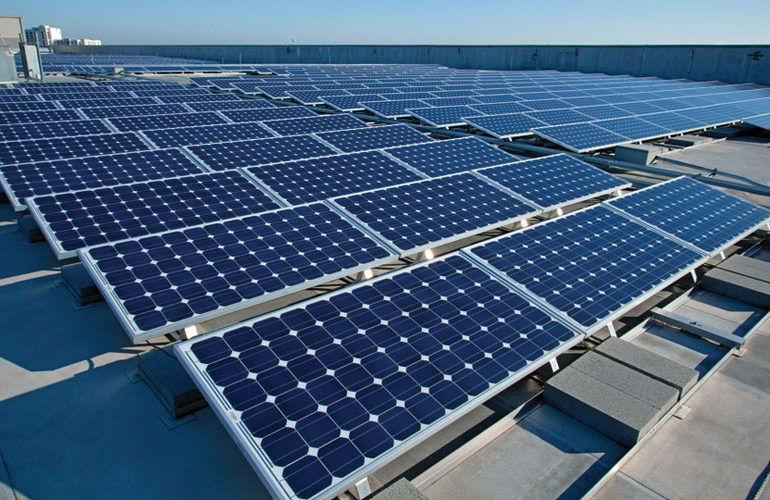Have You Ever Wondered How Solar Panels Work To Generate Energy?
- Reon Energy
- May 20
- 2 min read
You might be surprised to learn that it’s actually quite simple. Solar panels are made up of photovoltaic cells, which are specially designed pieces of material that convert sunlight into electricity.
When sunlight hits the cells, photons (particles of light) are absorbed by the cells and interact with electrons in the material. This causes the electrons to be freed from their atoms and create an electrical current. This electrical current is then directed out of the solar panel and can be used to power your home or business.
The Solar Cell and Semiconductor Materials: Silicon, Cadmium Telluride, Copper Indium Gallium Selenide
It's not sunbeams and rainbows that power your home—it’s solar cells. Here’s the science behind what makes them work. Solar cells capture the energy of the sun in two main ways—through semiconductor materials and photovoltaic (PV) materials.
Semiconductor materials are made from silicon, cadmium telluride, and copper indium gallium selenide (CIGS). As sunlight hits a solar cell made from one of these materials, electrons inside the cell become energized and jump out of their orbit. This process creates an electric current—similar to how electricity is generated in a power plant.
These free-flowing electrons then move on to PV material made up of electrical conductors, which separates the electron's negative charges from their positive ones. Their next stop is an inverter, which converts direct-current electricity into alternating-current electricity that we can use in our homes and businesses.
And there you have it—this is the basics of how solar energy works for us!
Measuring Solar Panel Efficiency and Power Output
Solar panel efficiency and power output are two important factors to consider when installing and setting up a solar panel system. Knowing how much electricity is generated from the solar panel is key to realizing the cost savings you can get from installing one.
Measuring Solar Panel Efficiency
Efficiency measures how effectively a solar cell converts sunlight into electricity—the higher the efficiency, the more power you can get from a given amount of sunlight. Solar panels come with an efficiency rating that lets you know just how much power it will generate under ideal conditions.
Measuring Power Output
Power output is the rate of energy production by solar cells, typically measured in watts, and tied directly to efficiency. You can measure this by connecting a wattmeter to the output of your solar cell system.
This will allow you to monitor how well your system is performing and make sure that it's generating as much energy as possible.
By understanding both efficiency and power output, you can optimize your solar panel setup for maximum energy production—and save money on your electric bill!




Comments